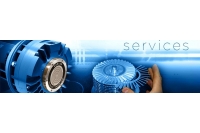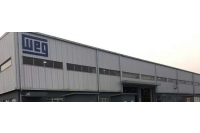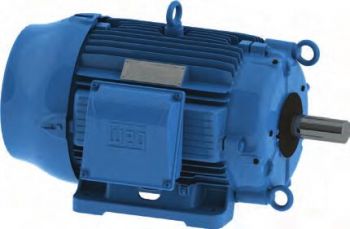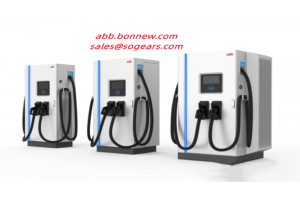
The axis of the horizontal motor is parallel to the ground, and the axis of the vertical motor is perpendicular to the ground. Compared with the horizontal motor, the bearing system of the vertical motor is destined to have its special requirements. The most intuitive particularity is that the bearing must be able to withstand a large axial force.
The positioning bearing of the horizontal motor adopts deep groove ball bearing, which can bear radial load and certain axial load. However, for vertical motors, due to the large axial force of angular contact ball bearings, deep groove ball bearings cannot bear large axial loads, so angular contact ball bearings are often used. Regardless of single-row or double-row design, angular contact ball bearings have high axial load carrying capacity and speed performance.
Bearing selection for vertical motors is mainly related to motor power, center height or rotor weight. Vertical motors of H280 and below generally use deep groove ball bearings, and motors of H315 and above use angular contact bearings. High-precision high-speed bearings typically use a 15-degree contact angle. Under the action of axial force, the contact angle will increase.
Angular ball bearings can support combined radial and axial loads as well as axial loads in one direction. The ability to withstand axial loads is determined by the contact angle. The larger the contact angle, the higher the ability to withstand axial loads, which can limit the axial displacement of the shaft or housing in one direction.
When angular contact ball bearings are used in vertical motors, angular contact ball bearings are generally installed at the non-axially extending end to ensure that the axially extending end bearing can withstand sufficient radial force. However, the installation of angular contact ball bearings has strict direction requirements, and it is necessary to ensure that the bearing can withstand the axial force in the downward direction, that is, the direction of gravity of the rotor is consistent.
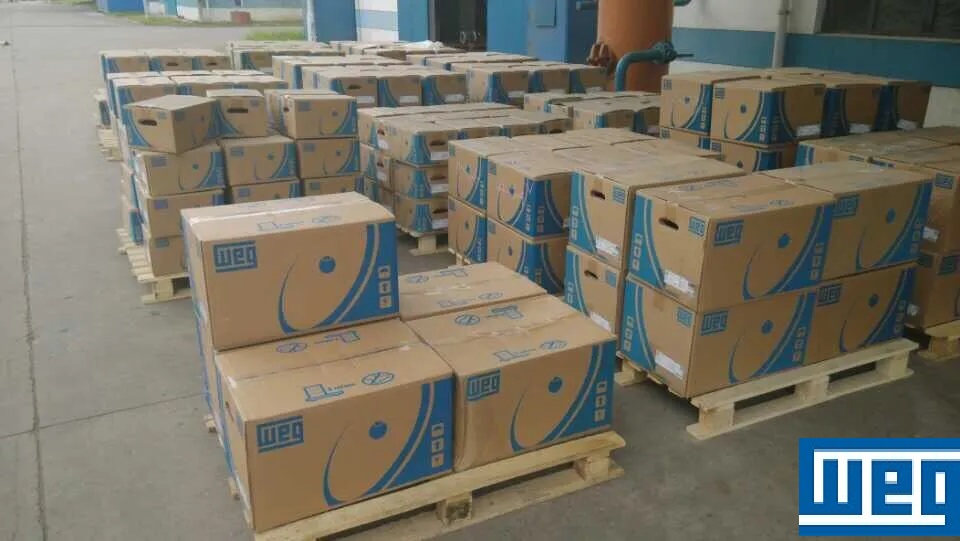
When the motor shaft extends upward, the angular contact bearing is installed on the non-shaft extension end to meet the axial force and ensure the assembly manufacturability of the end cover. When the motor shaft extends downward, the angular contact bearing is also installed on the non-shaft extension end, but corresponding measures must be taken when assembling the end cover to ensure that the bearing is not damaged.
In simple terms, angular contact ball bearings act to "hang" or "hang" the rotor of a motor. If the angular contact ball bearing is on top, make sure the bearing "hangs" the rotor; if the angular contact ball bearing is on the bottom, make sure the bearing can "lift" the rotor. However, on the premise of meeting the above functional requirements, the assembly manufacturability of the end cover must also be considered, that is, the external force when assembling the end cover is consistent with the axial force that the bearing can bear (the inner ring and outer ring of an angular contact ball bearing can withstand the opposite direction of the axial force), otherwise the bearing will be pushed away.


